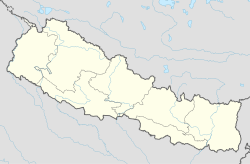Provinces (2022)

This is a list of provinces by Human Development Index according to new formed Provinces of Nepal:
| Rank | Provinces | HDI (2024) [1] |
|---|---|---|
| Medium Human Development | ||
| 1 | Bagmati | 0.652 |
| 2 | Gandaki | 0.641 |
| — | 0.622 | |
| 3 | Koshi Pradesh | 0.617 |
| 4 | Lumbini | 0.608 |
| 5 | Sudurpashchim | 0.601 |
| 6 | Karnali | 0.590 |
| 7 | Madhesh | 0.561 |
